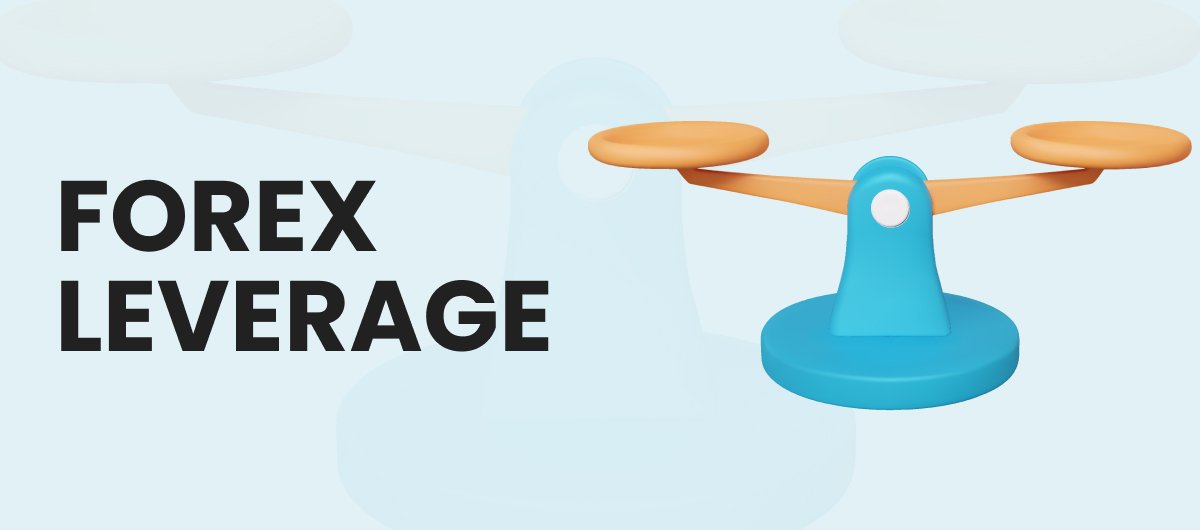What Is Forex Leverage and How Does It Work?

Mastering Forex Leverage: A Comprehensive Guide
What is Forex Leverage?
Forex leverage is a powerful tool that allows traders to control larger market positions with a relatively small capital investment. For example, with a 10:1 leverage ratio, a trader can manage a $10,000 position using just $1,000 as margin. This financial mechanism, offered by brokers, is particularly useful in forex trading, where price movements are often measured in tiny increments.
While leverage can significantly increase potential profits, it also amplifies risks. Even minor market fluctuations can result in substantial losses. This makes it essential for traders to fully understand leverage and use it wisely.
How Forex Leverage Works
Leverage enables traders to amplify both gains and losses. By controlling larger positions with smaller capital, traders can generate significant profits—but also face higher risks.
Example of Forex Leverage in Action
Let’s break down leverage using a 1:10 ratio:
| Leverage Ratio | Position Size | Market Movement | Profit/Loss |
|---|---|---|---|
| 1:1 | $1,000 | 1% | $10 |
| 1:10 | $10,000 | 1% | $100 |
- If the market moves 1% in your favor, you earn $100 (a 10% return on your initial capital).
- If the market moves 1% against you, you lose $100 (a 10% loss of your account balance).
This comparison highlights how leverage can magnify both potential gains and losses, making risk management a crucial part of trading with leverage.
Why Use Leverage in Forex Trading?
Leverage is attractive to forex traders for several reasons:
✔ Higher Profit Potential – Allows traders to maximize returns on small price movements.
✔ Accessible for Small Account Holders – Traders with limited capital can participate in the forex market.
✔ Efficient Use of Capital – Funds can be allocated across multiple positions instead of being tied up in a single trade.
This makes leverage especially appealing to day traders and scalpers who capitalize on short-term price fluctuations.
The Risks of Forex Leverage
While leverage offers potential rewards, it also carries significant risks:
⚠ Increased Market Exposure – Small price movements can lead to substantial losses.
⚠ Psychological Impact – High stakes can lead to emotional trading, often driven by fear or greed.
⚠ Margin Calls & Stop-Outs – If your balance falls below the required margin, your broker may issue a margin call or automatically close positions.
These risks emphasize the importance of responsible trading and effective risk management when using leverage.
Risk Management Tips for Leveraged Trading
Using leverage responsibly requires discipline and careful planning. Here are some key strategies:
✅ Use Stop-Loss Orders Wisely
Set stop-loss orders on every trade to limit potential losses. Position them based on technical analysis, such as below support levels or above resistance levels.
✅ Calculate Position Sizes Properly
Adjust your trade size based on your account balance and leverage ratio. For instance, if you have $1,000 and use 10:1 leverage, ensure your total position remains within a manageable risk level.
✅ Stick to a Trading Plan
A solid trading plan should include:
- Entry & exit strategies
- Risk tolerance levels
- Leverage usage in different market conditions
Following a structured plan helps eliminate emotional decision-making.
✅ Diversify Your Investments
Don’t put all your capital into one trade or currency pair. Diversification helps spread risk and reduces the impact of market volatility in a single sector.
